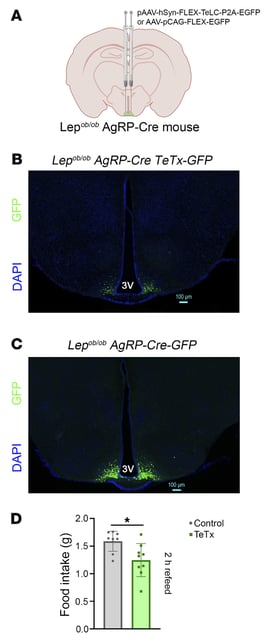Overview
- Scientists discovered that silencing hyperactive AgRP neurons in diabetic mice normalized blood sugar for months without affecting weight or food intake.
- This challenges long-held beliefs linking type 2 diabetes primarily to obesity and insulin resistance, shifting focus to brain neurocircuitry.
- The study used a viral genetics approach to block communication between AgRP neurons, revealing their critical role in glucose regulation.
- Existing diabetes drugs, like GLP-1 receptor agonists, may partially work by inhibiting these neurons, though further research is needed to confirm this mechanism.
- Researchers aim to translate these findings into human trials and explore safe methods to modulate AgRP neuron activity for therapeutic purposes.


